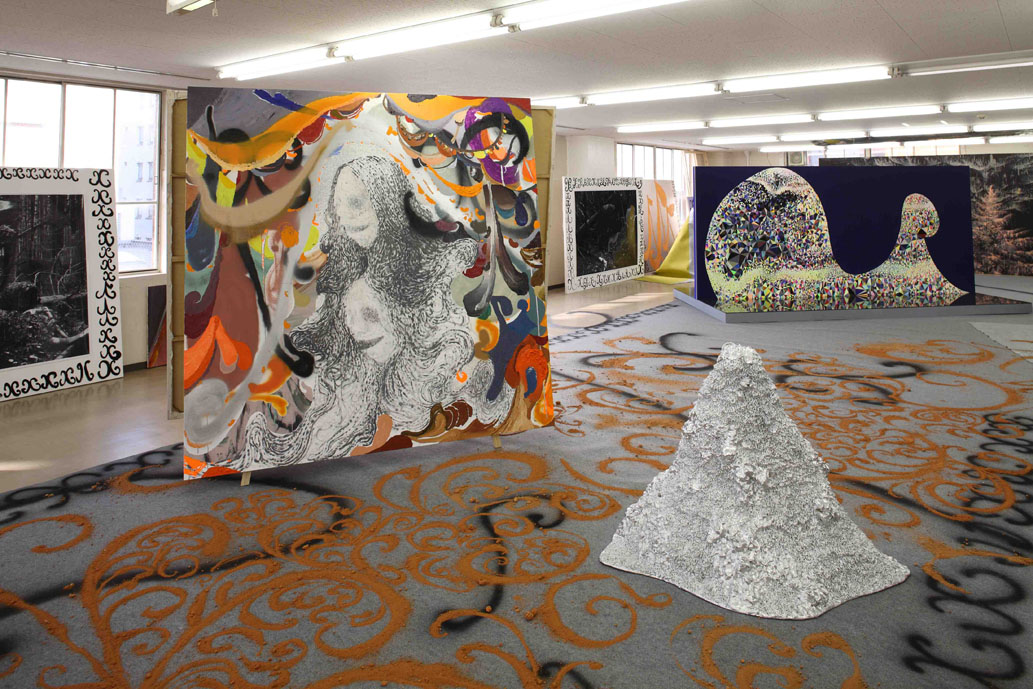"Real Japanesque: The Unique World of Japanese Contemporary Art" at the National Museum of Art, Osaka, is in many ways a trying exhibition. Its concept claims that Japanese artists born after the 1970s are attempting to create something entirely new and that they are distancing themselves from imitating 20th-century Western art and its so-called, though unidentified, impasses.
These are bold claims. However, there is no further explanation to contextualize them, and the catalog will not be released until mid-August. Moreover, while the exhibition description wants these works to evince "enigmatic Japanese sensibility," they appear contradictorily bound up in the Western art impasses that we are told they avoid. This includes the negotiation of abstraction and figuration that is the central concern of the show and another loose thread that follows a conceptual bent that recycles exceedingly familiar Western art ideas.
Kazuyuki Takezaki creates paintings that appear caught in the bind of whether to pursue representation or abstraction. Deciding on a middle ground, he does a bit of both in "Untitled" (2010). It is not mesmerizing stuff. Traversing the same territory, Mayuko Wada geometricizes "Horse" (2009), her "Painting of Cop Car"' (2010) becomes a daub of red paint, and "Yacht Study" (2011) is a triangle of fabric suspended between pieces of board. It is a barely passable representation and an innocuous abstraction.



